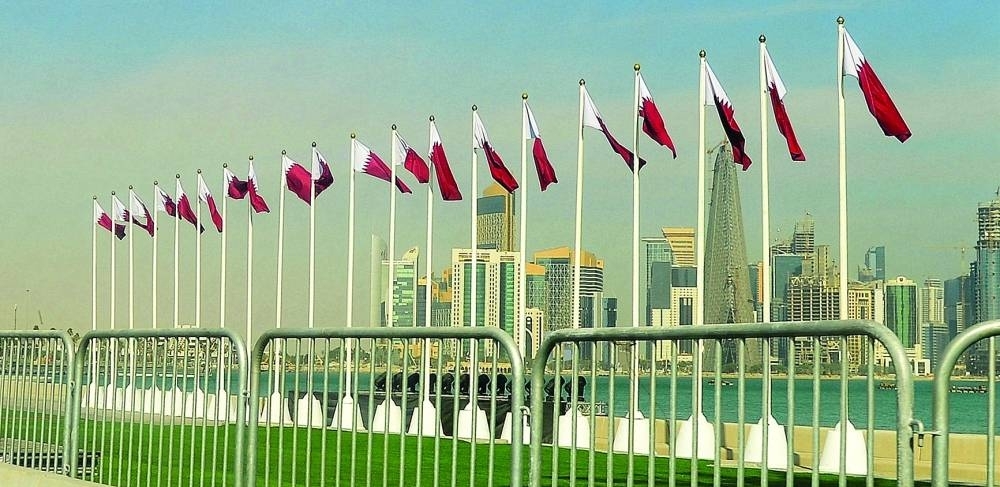Muslims, Arab Americans are big players in economy
Arab Americans and Muslims account for nearly 6% of the workforce and earn between $5.4 billion and $7.7 billion a year in southeast Michigan, according to a Wayne State University report released Wednesday.
Still, businesses often fail to recognize their economic power.
The 28-page WSU study titled “Arab American Economic Contribution Study” and a recent J. Walter Thompson survey called Marketing to Muslims, provide a fuller picture of the economic contributions of Arabs and Muslims.
“In the U.S., the Arab and Muslim communities are small but generally very affluent and highly entrepreneurial,” Nasser Beydoun, chairman of the Arab American Chamber of Commerce said Wednesday in Dearborn.
The WSU paper, researched and produced by the Center for Urban Studies, cites figures from the 2000 U.S. Census for Macomb, Wayne, Oakland and Washtenaw counties. Only a few Detroit-area companies actively cultivate Muslims as consumers. Staff members from Comerica Bank, Ikea and AT&T have participated in awareness programs to address needs of Muslim consumers.
Michigan is home to the third largest concentration of Arab Americans outside the Middle East — after California and New York. Nationwide, with an estimated population of 6 million to 8 million, Muslim Americans’ purchasing power
is estimated to be $170 billion annually.
Although often associated with Arabs, Muslims represent dozens of ethnic groups, including whites, blacks, Hispanics and Asians. Understanding the differences between ethnicity and religion is one barrier that often confounds advertisers interested in selling to Muslim populations.
Dearborn Heights resident Nadia Khalil sees little effort being made by major corporations to cater to Muslim consumers. The 28-year-old registered nurse and married mother of an 8-month-old rarely sees advertising for foods Muslims favor, such as Happiness Bread, and has rarely come across mainstream retail shops
that sell Muslim-specific clothing, such as head scarves.
“I think it would help to have advertising geared toward us, but I don’t think people expect to see it anyway,” Khalil said. “During Ramadan, for example, we get recognized, but it’s not as much as say Breast Cancer Awareness month or the African-American one. I feel we still don’t have as much of a voice as other communities.”
Comerica may soon offer products that conform to Muslim traditions concerning the lending of money. Under Islamic Law, a person is not allowed to earn or pay interest on a solely owned loan. To address that, Comerica is considering accounts in which both the bank and the individual would be jointly liable for the loan.
“We hope to offer a full suite of retail and small business products,” said Amal Berry-Brown, National Arab/Chaldean American Business Affairs Manager for Comerica. Those products would include business and personal loans and lines of credit. The bank also has printed its brochures in Arabic.
Nationwide, the food, finance and apparel businesses appear to be the most influential markets for consumers who follow Islam. According to the Thompson study, the global halal market — food prepared in accordance with Islamic law — is worth an estimated $580 billion annually.
“We need to educate ourselves and gain a broader understanding of the Muslim population,” said Ann Mack, director of trend spotting for Thompson and one of the authors of the study.
The study, which was conducted earlier this year, interviewed 350 Muslim Americans in 20 states including Michigan. It found:
• Muslims make up at least 2% of the U.S. population and two-thirds are under the age of 40.
• About 21% of Muslim Americans between the ages of 25 to 34 are registered voters, compared with 15% of people in that group across the country.
• Nearly 30% of U.S. Muslims are converts to Islam.
• 71% of Muslims believe advertisers rarely show anyone of their faith or ethnicity in advertizing. That compares with 34% of the general population that believes the same thing.
• Around 70% of American Muslims over 25 have a college education, compared to 26% of the general U.S. population.



